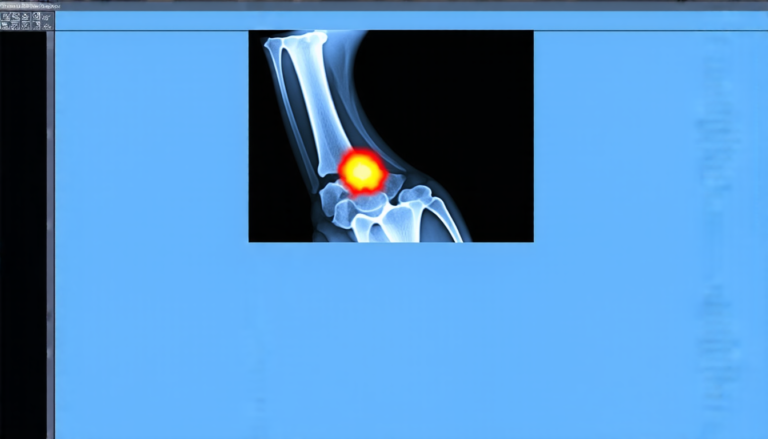Sunday 01 June 2025
A new approach to navigating complex environments has been developed by researchers, combining the strengths of artificial intelligence and classical sensor fusion. The system uses a dual-branch vision-language model that generates explanations for its actions, making it more transparent and trustworthy.
The model is designed to work in various domains, including indoor navigation, outdoor driving, and social navigation. It takes into account multiple sources of data, such as images from cameras, lidar sensors, GPS signals, and human language inputs. This information is processed by the dual-branch architecture, which produces both a navigation action and an explanation for that action.
The system’s ability to generate explanations is a key feature, making it easier for humans to understand why the model made certain decisions. This transparency is essential in applications where safety and trust are crucial, such as autonomous vehicles or robots operating in complex environments.
One of the challenges faced by the researchers was developing an adaptive fusion mechanism that can adjust its confidence levels based on environmental conditions. For example, if a camera image is unclear due to poor lighting, the system should be able to adjust its reliance on other sensors, such as lidar or GPS.
To evaluate the system’s performance, the researchers created a multi-domain benchmark called MD-NE, which consists of 30,936 navigation episodes across three domains: indoor, outdoor, and social navigation. The results show that the proposed system achieves significant improvements in navigation accuracy, efficiency, and safety compared to traditional approaches.
The system also generates explanations that are both faithful and readable. Faithfulness measures how well the explanation reflects the true causes of the decision, while readability assesses the clarity and grammar of the explanation. In this case, the generated explanations scored high marks on both counts, making them more understandable for humans.
Overall, this new approach has the potential to revolutionize the way we design autonomous systems that can navigate complex environments safely and efficiently. By combining the strengths of artificial intelligence and classical sensor fusion, the system provides a more transparent and trustworthy framework for decision-making.
Cite this article: “Transparent Navigation: A Dual-Branch Vision-Language Model for Complex Environments”, The Science Archive, 2025.
Artificial Intelligence, Classical Sensor Fusion, Navigation, Autonomous Systems, Vision-Language Model, Transparency, Trustworthiness, Adaptive Fusion Mechanism, Multi-Domain Benchmark, Md-Ne, Decision-Making.







